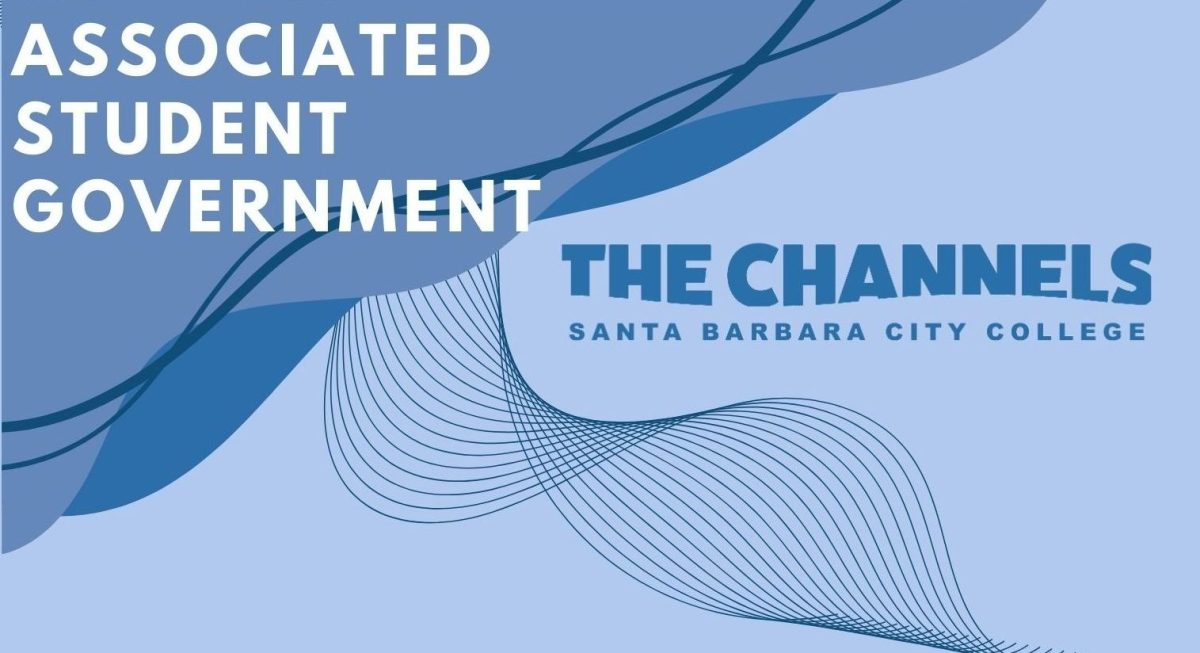Cinnamon, Diabetes, and Alzheimer’s. Seldom do these three words share such proximity to one another-but that may change soon, according to “The Cinnamon Man of Santa Barbara,” Don Graves. The adjunct professor at the department of Molecular, Cellular, and Developmental Biology believes that cinnamon may abet the fight against Alzheimer’s disease.
“[Some are now calling] Alzheimer’s Disease Diabetes Type 3.” Graves explains now that Alzheimer’s disease has been linked to decreased insulin production in the brain.
“Age is certainly a risk factor [for Alzheimer’s], but it’s not the only risk factor.”
On March 20th, Dr. Graves spoke to a nearly-full lecture hall in City College’s PS 101 to share his findings and plans regarding cinnamon’s medicinal benefits. The 74-year-old marathon runner was in high spirits, optimistic about annihilating a devastating disorder that claims someone in America every 72 seconds. “Maybe we’re finding something useful for mankind,” he says brightly.
Graves’ initial cinnamon research simply looked at its effects on insulin levels in Type 2 Diabetics. Graves discovered that a compound in cinnamon “does what insulin does but doesn’t do it the same way.” Nonetheless, his research was so conclusive, statistics were unnecessary to interpret the results: The group of Diabetics who took cinnamon each day significantly reduced their insulin levels.
Though he kept his audience chuckling, Graves presented some scary statistics; it is estimated that by year 2050, 250 million people worldwide will have type 2 Diabetes. Also, he says Medicare will likely spend an estimated $189 billion by 2015 for Alzheimer’s and other dementias.
The link between Alzheimer’s and insulin is relatively new-nobody knew insulin had a significant role in brain function, “but they found that the brain has insulin receptors all over it… [insulin] has multiple functions in the brain, including memory and learning.”
In a novice-friendly animation– featuring symbols such as trucks and cinnamon sticks to represent biological structures that would baffle most people-Graves demonstrated how compounds in cinnamon reach neurons in the brain.
Sprightly and eager to continue research, Graves thanked Cottage Hospital for their support via grants. However, he must acquire more funding before he sets out to cure Alzheimer’s with cinnamon.
Meanwhile, he is apprehensive to make suggestions regarding dosage amounts and other specifics. Whether he finds a cure or not, he advises “you’ve got to take care of yourself now-no high glucose, no high blood pressure.”







